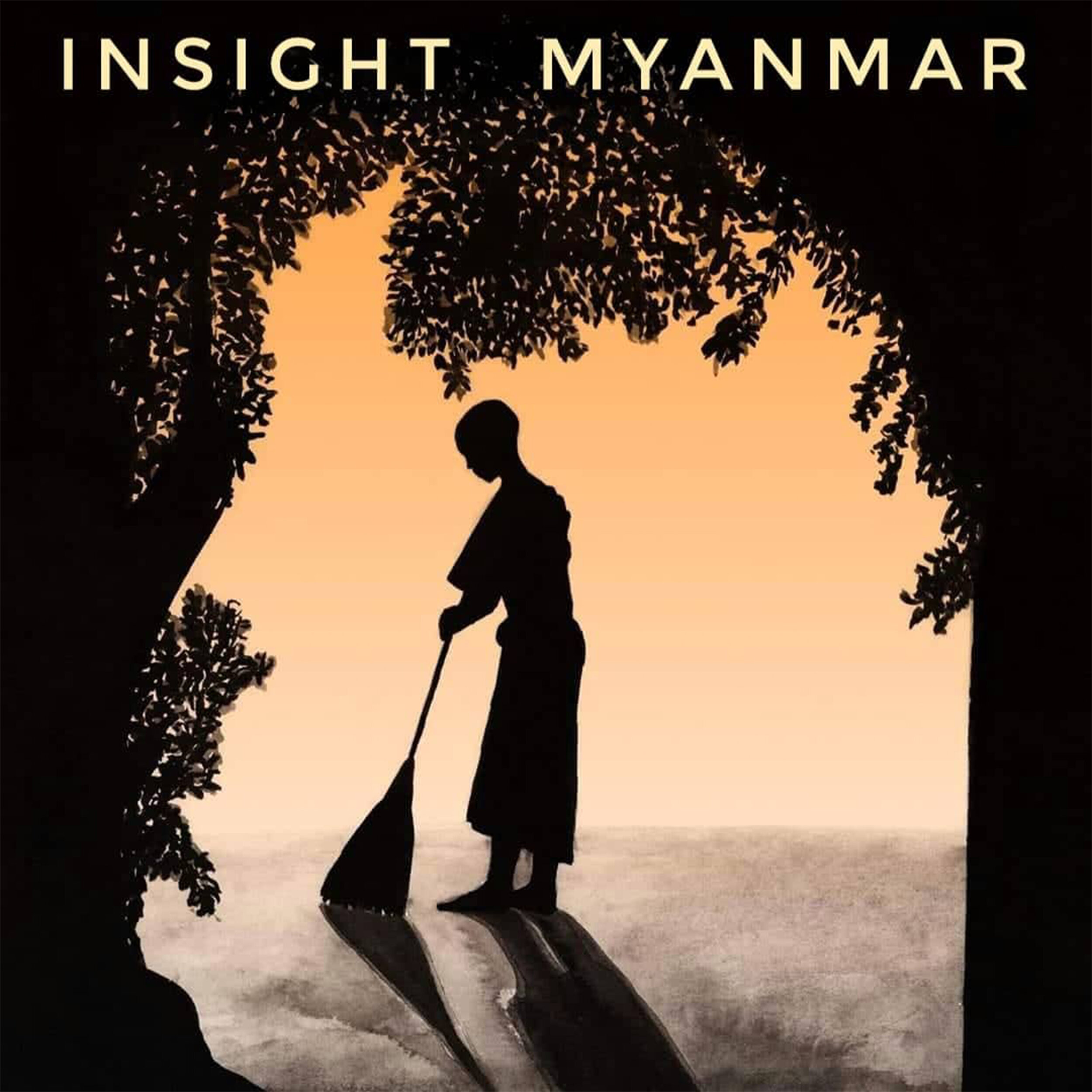1970s India: A Spiritual Smorgasbord
Michael Stein's sojourn in India during the 1960s resonates as a spiritual pilgrimage intricately woven with the vibrant tapestry of communal exploration. Grieving his mother's loss at 14, Michael sought refuge in meditation amidst the tumultuous backdrop of the era. Departing from Long Beach, New York, his quest unfolded across borders and cultures. India, with its spiritual kaleidoscope, became a haven for seekers like Michael. The sense of community burgeoned amidst encounters with influential figures like Ram Dass and the convergence of like-minded souls on the "hippie trail." Shared spiritual explorations intertwined with tales of travel, treks, and encounters with diverse teachings created a bond that transcended nationalities. In the midst of this spiritual smorgasbord, Michael's path led him to S.N. Goenka's Vipassana teachings. His narrative becomes a testament to the communal spirit that characterized those years. The camaraderie of kindred spirits, sharing insights from encounters with spiritual luminaries, marked a unique era of openness and friendship. Despite the challenges of establishing Vipassana centers, Michael fondly recalls the sense of adventure and unity that defined this period. As he contributed to the foundation of meditation centers like IMS and Dhamma Dhara, the communal spirit persisted, blending seamlessly with the profound spiritual teachings of Goenka. Michael's journey, described in a recent podcast episode, reflects a harmonious synthesis of spirituality and communal bonds, echoing the transformative power of shared exploration and the enduring impact of community on the spiritual path.
“You have to realize that there were people from all over the world then. I mean, a lot of Europeans, Australians, people from the States, all who had traveled and you would keep meeting the same people in different places at different times.”
You have to realize that there were people from all over the world then. I mean, a lot of Europeans, Australians, people from the States, all who had traveled and you would keep meeting the same people in different places at different times. You know, maybe you’d meet them in Goa or you'd meet in Benares; you'd see them in Katmandu. People, you know, people I met on a train in Pakistan and I was living with them in Katmandu. It was just everyone was really open about things and sharing, and it was a great place.
But India was India. I mean, when you were in India, you were isolated then, okay? There were no newspapers and no stuff. There was no Internet. If you wanted to make a phone call to the States, you had to go to the general telephone office and book a time for the next day to get a trunk line to make the call. So, certainly we were very isolated in our own little worlds then. And it was wonderful, because I really was very happy to be isolated in a completely different climate. And when I mean a climate, I mean a completely different mental climate.
It was a whole different thing. It had nothing, very little to do with European, Judeo-Christian things; it was things that you never even thought about. There were many. There were people who went to some Indian teachers; there was Ram. There was Neem Karoli Baba. There was the Dalai Lama. There was Kalu Rinpoche. There were people who were just starting; there was Sai Baba. So, different people went to different places in different yoga, in different this [and that], and everybody sort of got along. And there was Munindra teaching. And so everybody sort of did their own things, and then came back and shared stuff with each other.
One of the things, there weren't a lot of people. It wasn't strict. There weren't rules and regulations or anything then, right? So, people would say, ‘Oh, you gotta go do a course with Goenka. It's great.’ I mean, there were a lot of people around who you know now. Like, I was there with Sharon with Joseph, Danny Goleman. There were others, a lot of people who are now my age, in their 70s, who were there at that time. And we were all friends. We all did a lot of things together. And I'll get on later on what we did when we finally came back, but it was funny.
We stayed in the plains of India during the winter, and we would go up to the mountains to get out of the heat. Every little sort of hill station had, a lot of hill stations had their own little thing. In Dalhousie, it was mostly Goenka-ji’s people. Nainitol is where people who are with Neem Karoli Baba went and Ram Dass. Then there was, if you are Tibetan, you would wind up being and going to Darjeeling or you would go to Dharamsala. So, there were like little groups, different groups. But there was no - everybody liked each other - there was no animosity, nothing with anybody.”
Oh yeah, Manali. If you wanted to get high, you went to Manali! There were people who just kept getting high, I was one of them from the very beginning. But a lot of people just came to India to get high. And there were a lot of people who came to India; they were trekking; people did yoga. I mean, it was so open, and so many places to go. You have to remember India was crowded then; this is a this is a fact that I always keep remembering. India was crowded then and there were 600 million people. Now there are 1.6 billion people. From what I understand, the country hasn't developed a larger landmass. So, it must be it's incredibly crowded now.
